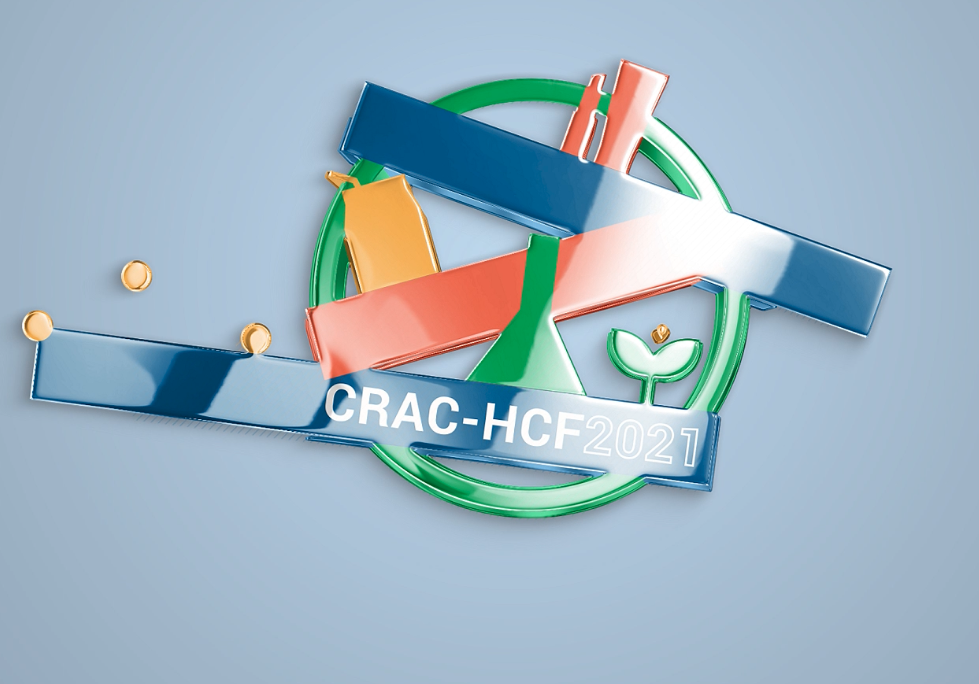Under China's market surveillance, footwear compliance, which involves labels, shoe size, appearance, whole shoe flex resistance, etc., is strictly enforced. Besides, more and more attention is paid to hazardous chemicals in footwear materials that may be of high risk to human health due to the exposure to skin.
China has published a series of mandatory standards on the safety requirements for footwear, such as:
GB 25038-2010 for rubber shoes healthy and safe specification;
GB 25037-2010 for industrial rubber boots;
GB 25036-2010 for children's canvas rubber footwear;
GB 21550-2008 for restriction of hazardous materials in shoes made of PVC leather;
GB 21536-2008 for athletic shoes;
GB 30585-2014 for safety technical specification for children’s footwear; etc.
A new standard, the Safety Requirements for Footwear, has been drafted based on EU REACH provisions and will replace GB 25038-2010, GB 25037-2010, GB 21536-2008 in the near future. It stipulates the safe specification and test methods for footwear products, and the limits of hazardous chemicals in footwear products.
Although it is still a draft standard for approval, some institutions have used it for reference. Recently, China's CCTV News Channel reported that the Shanghai Consumer Rights Protection Commission tested the content of hazardous chemicals in footwear of some brands in accordance with the draft standard.
Main limits of hazardous chemical substances in this draft standard are as follows:
The limit of hexavalent chromium (Cr VI) in leather and fur is 10mg/kg.
The limit of dimethyl fumarate (DMF) is 0.1mg/kg.
The limit of decomposable hazardous aromatic amine dyes in leather and fur is 30mg/kg and in textile is 20mg/kg.
The limit of the sum of DEHP, DBP, BBP and DIBP should be less than 0.1%.
Both pentachlorophenol (PCP) and tetrachlorophenol (TeCP) are specified non-detectable in textiles/synthetic leather/artificial leather (acceptable limit 0.5 mg/kg).
This draft standard will help guide domestic footwear enterprises to produce eco-friendly products and ensure customers’ health. On the other hand, this standard is in line with international regulations and standards, helping improve the competitiveness of China's footwear products in the international market.














